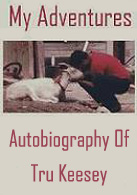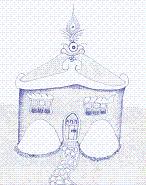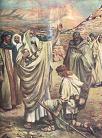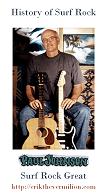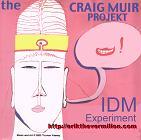Be Kind! Share with your Team, with your Family, with your Buddies!
Click The Button Now & Like This On Your Facebook Page!
Friday, April 19, 2013
Pros and Cons of Traditional and Alternative Turf Planting Methods
A bare front yard or backyard garden area need to be prepared before laying the sods. Preparations include loosening of the soil, removal of boulders and debris and adding fertilizers soil before hand. The soil should be kept moist always. Laying of sods may pose some challenges especially when the area to be worked on is sloping, uneven or is irregularly shaped like areas around tree trunks.
Sods also need to be meticulously cared for prior to and after they are laid on the soil. While waiting to be planted, they need to be kept moist to prevent withering and eventual dying. Planting of the sods should be during an ideal "window" period when the weather is not too hot, not too cold or too damp. Otherwise, the harsh weather conditions will most likely cause the sods to die.
Commercially available sod forms of turf grass are germinated in greenhouses which are controlled environments and after a while transplanted in outdoor farms or fields. The risks of being contaminated with disease-causing germs, parasites and weeds are high relatively high in these fields. Consequently, there is a chance that weeds, parasites and germs will also be transplanted in residential gardens or yards. This can eventually cause serious infestations that can potentially destroy other plants within the vicinity.
Using dry seed broadcasting method will reduce the risk of weed and parasitic infestations. Dry turf seeds also have longer shelf life which makes choosing the right date for planting easier. Unlike sods, dry turf seeds do not require constant moisture and are not at risk of withering. However, there is still the need for extensive preparation of the soil. Broadcasting dry seeds is likewise is not too precise. And because of uneven distribution and germination rate the turf grass growth may not be balanced. Erosion can pose a risk too or in case of heavy rain the seeds may be carried as runoffs. There is also the possibility that the seeds would die and decompose before they even germinate.
Hydroseeding is still another method of planting turfs that is getting increasingly popular. It is a little costlier when you speak of per square foot or square meter application. However, it is still cost-effective in the long term. It is also cost-effective in terms of labor and time that can be saved. As its name connotes, this method utilizes a slurry of mulch, turf seeds, organic coloring, fertilizer, mulch and water.
This method makes use of a slurry tank, pump, and hose. Since the slurry is highly fluid, they can be applied with greater precision. They are easier to apply on sloping and uneven terrains. They are also easy to apply on hard-to-reach areas. The mulch ensures the retention of water and nutrients. The seeds then sprout in a protected environment and with enough moisture and nutrition.
If you are interested in learning more about the topic discussed in the article, you can visit hydrospraygrass website. You can further explore this hydro-spray-grass hyperlink for other related topics.
